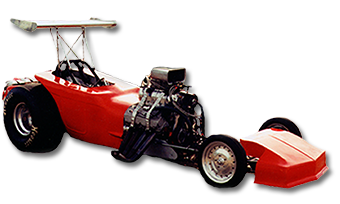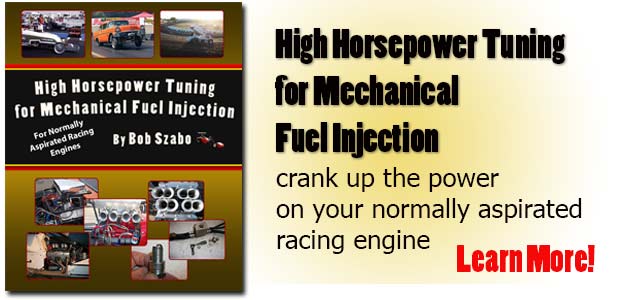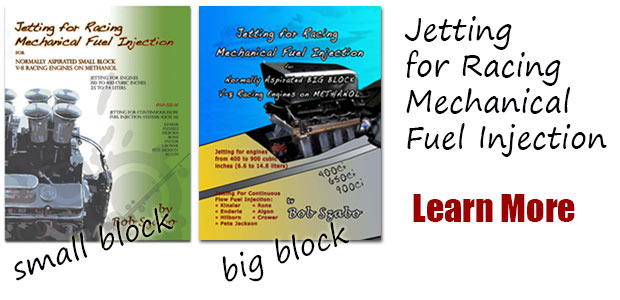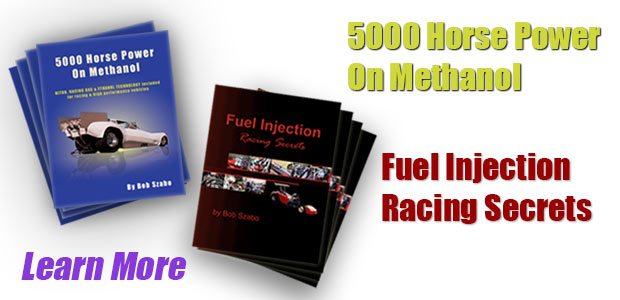Normally aspirated (NA) racing engines are popular throughout the world, both in land and water motorsports. When the intake valve opens in this design, the piston changes direction from exhaust evacuation to intake inlet. As the piston goes down the cylinder, air pressure drops. Atmospheric pressure that is higher is outside of the engine. That higher pressure feeds air through the intake system into the cylinder.
FYI: Fuel is introduced in the intake system for an air to fuel ratio for subsequent combustion.
The amount of air that enters the cylinder is a function of the intake system that feeds the intake valve. Most NA engines have an intake port and manifold pathway that feeds the cylinder. For example, in a stack type fuel injection system, the intake pathway is normally a combination of segments. These are:
- the intake port in the cylinder head
- a casting or billet throttle assembly
- a ram tube.
For example, a V-8 racing engine would have 8 of these pathways.
There is a strong relationship between the volume of air in the intake pathway and the cylinder volume.
When the intake valve opens, the volume of air in the intake pathway port, throttle assembly, and ram tube fill the cylinder. Keep in mind that racing engines normally operate at high RPM. So the time to file the cylinder with 60+ events per second is quite short. The intake event is terminated by the cylinder going to the end of its stroke and the intake valve closing. If the volume of the intake pathway is smaller than the cylinder volume, then air is pulled from above the ram tube. It may be open air such as in a nostalgia dragster, or it may be from a plenum feed by an air cleaner such as in a sprint car. Here are some examples of a brief study from intake dimensions from various racing engines:
- record holding nostagia dragster with a small block GM engine with a tunnel ram manifold and hat injection — intake-to-cylinder volume ratio 1.1 to 1
- formula one engine from 2001 from published data in “Racecar Engineering” magazine — intake-to-cylinder volume ratio range from 1.05 to 1 to 1.1 to 1.
- drag racing ProStock carbureted engine from the 1990 era — intake-to-cylinder volume ratio 0.8 to 1 for quickest elapse time; higher ratio for highest horsepower.
More information in our “5000 HP on Methanol” book.








